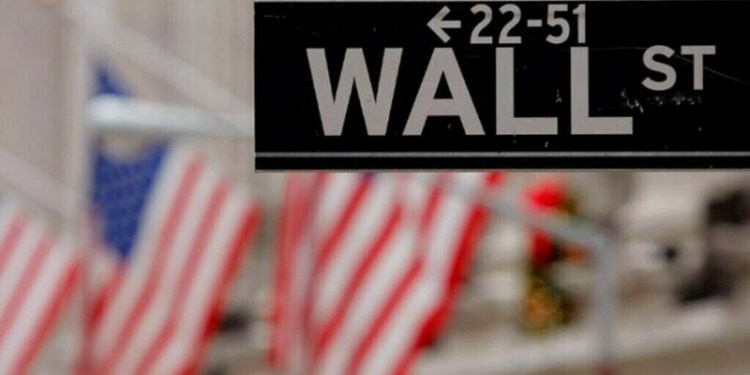By Henning Gloystein
SINGAPORE (Reuters) – Oil prices dipped on Thursday after Asia’s economies showed new signs of weakness, but prices largely held on to a big jump in the previous session after a U.S. stock draw, with some analysts saying oil markets may have bottomed out.
Japan’s exports slowed for a second straight month in August in an increasingly worrying sign that China’s economic slowdown is hurting the entire region.
U.S. West Texas Intermediate (WTI) crude futures were trading at $ 47.04 per barrel at 0259 GMT, down 11 cents from their previous close, while Brent prices was virtually unchanged at $ 49.76 per barrel.
But the price dip came after markets jumped as much as 6 percent on Wednesday, when data from the U.S. Energy Information Administration showed the largest crude drawdown in seven months at the key delivery point in Cushing, Oklahoma.
Some analysts said this week that oil markets may have bottomed out following over a year of tumbling prices as producers start cutting back output.
“Non-OPEC, non-U.S. oil supply (e.g. Yemen, Mexico, Malaysia, Colombia and China) has peaked and is starting to decline as double-digit capex cuts start to impact production,” Bernstein Research said on Thursday.
The cuts would result in a combined reduction of 400 million barrels per day by the end of the year, but it added that “markets could remain oversupplied through 2016” despite the scale-back.
U.S. crude prices have risen more in recent weeks than globally traded Brent futures, owing largely to Asia’s weakening economies as well as rising output from West Africa and the North Sea. This has narrowed the WTI discount on Brent by almost 70 percent since mid-August to around $ 2.20 per barrel.
“Brent appears to be suffering from higher Atlantic Basin supplies (West Africa and North Sea) as well as the wider macro picture, with concern over China and consequent trouble in emerging markets, while European growth remains anemic,” said JBC Energy.
Meanwhile, traders kept a close eye on whether the Federal Reserve would later in the day raise interest rates for the first time in almost a decade.
Higher U.S. interest rates would likely attract cash from money traders, lifting the dollar. That could be bearish for dollar-denominated oil as it would make fuel more expensive for importers who hold other currencies.
(Editing by Joseph Radford and Richard Pullin)
























